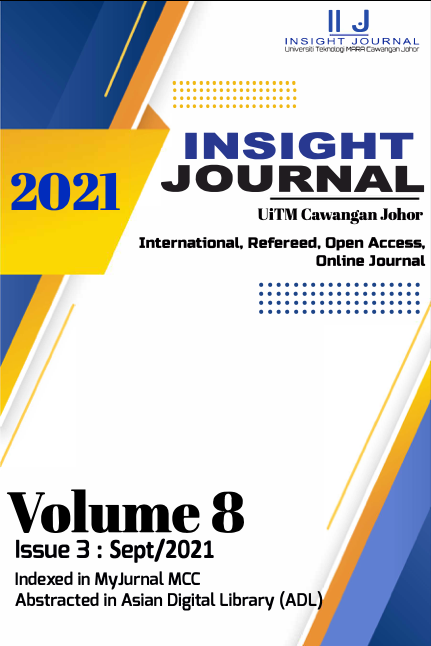LEADER-MEMBER EXCHANGE FROM THE PERSPECTIVE OF PEOPLE WITH DISABILITIES
Keywords:
Dyadic, Employees with Disabilities, Leader-Member Exchange, People with Disabilities, Social Exchange RelationshipAbstract
The increasing trend of a high employment turnover among disabled employees in Malaysia has spurred the direction in this study toward examining the concept of leader-member exchange (LMX) which examines the quality of supervisor-subordinate relationships from the perspective of employees with disabilities in Malaysia. A survey was conducted on 282 employees with disabilities to test the hypotheses of this study. Analysis of Variance (ANOVA) was performed to assess the variations in the mean scores between categories. It was discovered that all components of LMX namely affect, professional respect, contribution and loyalty are all important factors that ensure a good relationship between supervisors and PWDs. In addition, it was found that types of disabilities and PWD working sectors has no mean difference toward the LMX components that influence this dyadic relationship. This study is important because it will bring new insights on how managers can integrate person with disabilities (PWD) at the workplace by enhancing their social exchange relationship (dyadic), especially their leadership skills. Limitations, practical implications and directions for future research are offered.







